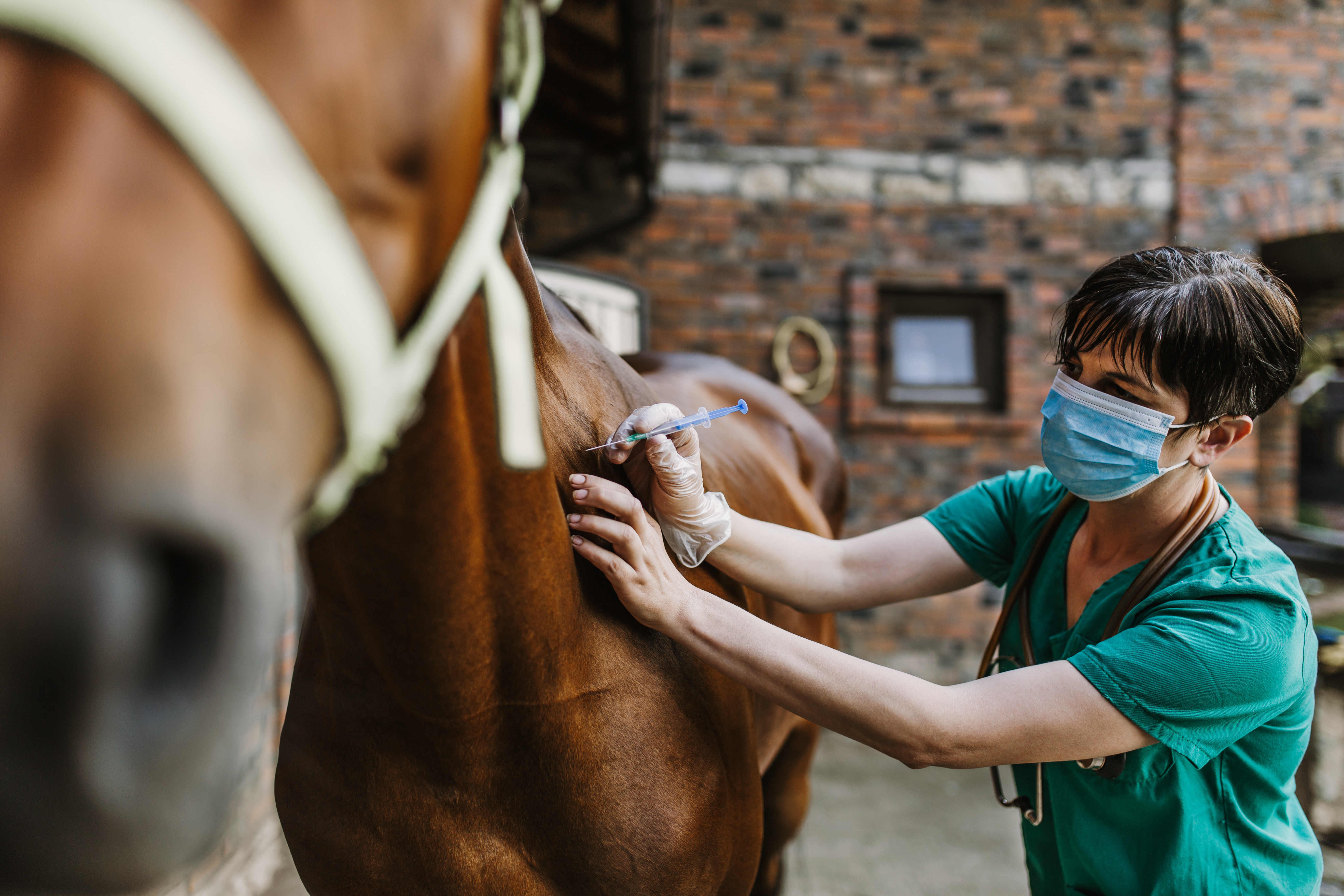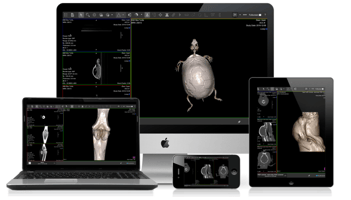Why Remote Access to Medical Images Has Become A Vital Part of Horse Racing and Auctions

Horse racing, and the equine auctions they entail, is a 400 billion-dollar industry that continues to grow (according to GlobeNewswire). But unlike human sports, we do not always know when underlying health issues or injuries could put a racehorse at risk. For this reason, horse racing authorities and equine auctions alike will generally conduct physicals on their horses to ensure all is in order.
In the context of auctions, before a horse is bid on, potential buyers often want diagnostic imaging of the horse reviewed by an equine veterinarian, who may in turn want to pass cases along to specialists or colleagues. In these cases, access to remote images can be vital to ensuring a smooth process that ends in a satisfied customer making an informed bid.
How The Process Works
While every situation is different, the first step is generally a pre-visit consultation between the buyer and the veterinarian. This is where expectations in clinical work are discussed, along with timeframes and communication.
The next step is the pre-purchase physical exam (PPE). Here, a general practice equine veterinarian takes the horse through an array of health tests, which may differ based on the horse’s age, breed, and sport category. Chief among these tests is diagnostic radiograph imaging, often in the form of X-rays and sometimes in the form of ultrasound. Though less common, in specific circumstances, CT or MR imaging can be used.
The radiologist may take images of the fetlocks, knees, hocks, and stifles. The Keeneland Repository for Yearlings is considered the gold standard for many buyers, and it highlights the minimum required views for consideration. In normal clinical practice, imaging not only looks for bone and musculoskeletal abnormalities, such as arthritis or lameness, but also neurologic issues.
If findings are in a range the veterinarian considers normal, they will be shared back with the buyer, who can feel more confident in their purchase. If, however, the veterinarian identifies areas of concern, this imaging may need to be shared with a specialist that deals with the anatomy in question, or a colleague, before it makes its way back to the buyer.
Where Problems Arise
When considering such a high-stakes process with so many parties involved (the buyer, the veterinarian, and potentially a specialist and trainer), problems with imaging often arise in two areas:
- Remote access to the images
- Ease of sharing the images
First, to keep an expedited timeline, it is important that these images can be accessed and reviewed when necessary. Horses are large animals, and in some cases that means the veterinarian needs to make off-site visits to the client. Similarly, a potential buyer may be communicating with veterinarians geographically distant from them, and having access to these images is critical.
Second, it is essential that these images get to their intended destinations without delay. Whether the veterinarian is sharing with a specialist or colleague, or they are sharing back to the buyer, or the buyer is taking that imaging and sharing with another veterinarian to get a second opinion, many touch points exist. Using CDs for this process could cause a major slowdown, considering shipping times and lack of CD drives.
The Power of Viewing Medical Imaging From the Cloud
In our work with racing authorities and sports medicine equine veterinarians, we have seen that a cloud-based platform with a web based viewer allows for a solution to both of these problems. With this type of system, veterinarians can store and view their imaging in the same platform they use to send off share links to their clients and, in the case of PPEs, potential buyers. This means investing in one singular platform instead of multiple, and it allows for a more streamlined experience.
(See our User Story on Racing Victoria)
A platform utilizing the cloud will generally be browser-based, so it can be opened using a hyperlink instead of needing to install an application on a specific machine. This means imaging can be accessed anywhere the internet is available. Veterinarians can pull up their imaging anywhere, and buyers can access it on-the-go, even when not local to their veterinarians or trainers.
Sharing in a platform like this relies on a web-based viewer, instead of an application that needs to be installed. To share studies, the platform will actually just share a link to this webviewer, so that the recipient can immediately open and see the images, allowing them to be sent off to any party at any time. Less time spent installing applications and navigating to the correct study within a file directory means less time required to complete the entirety of the pre-auction physical and the buying decision.
Finally, having built-in reporting features allows veterinarians to close the loop without ever having to leave the platform. After viewing and annotating a study, there is a “Report” feature that allows the veterinarian to generate a white-labeled report with customized fields and an area for key images. These can be templated and saved for ease of use.
“Inclusion of the Purview Image web viewer in show jumper auctions has facilitated teamwork and cut the time of decision making substantially.”
-Dr. Diego Ulibarri Gomez, Equine Veterinarian
Both veterinarians and buyers can derive advantages from use of a cloud-based imaging platform. With such high financial and competitive stakes, remote access to imaging and ease of sharing become crucial. Technology that allows veterinarians and buyers to view, share, and collaborate on these findings when needed will ensure quicker and more informed decisions in the buying process. As the hundred-billion dollar equine sports industry continues to grow, having these abilities will become table stakes. Those that are ahead of the curve are gaining a competitive advantage by adopting it early.




